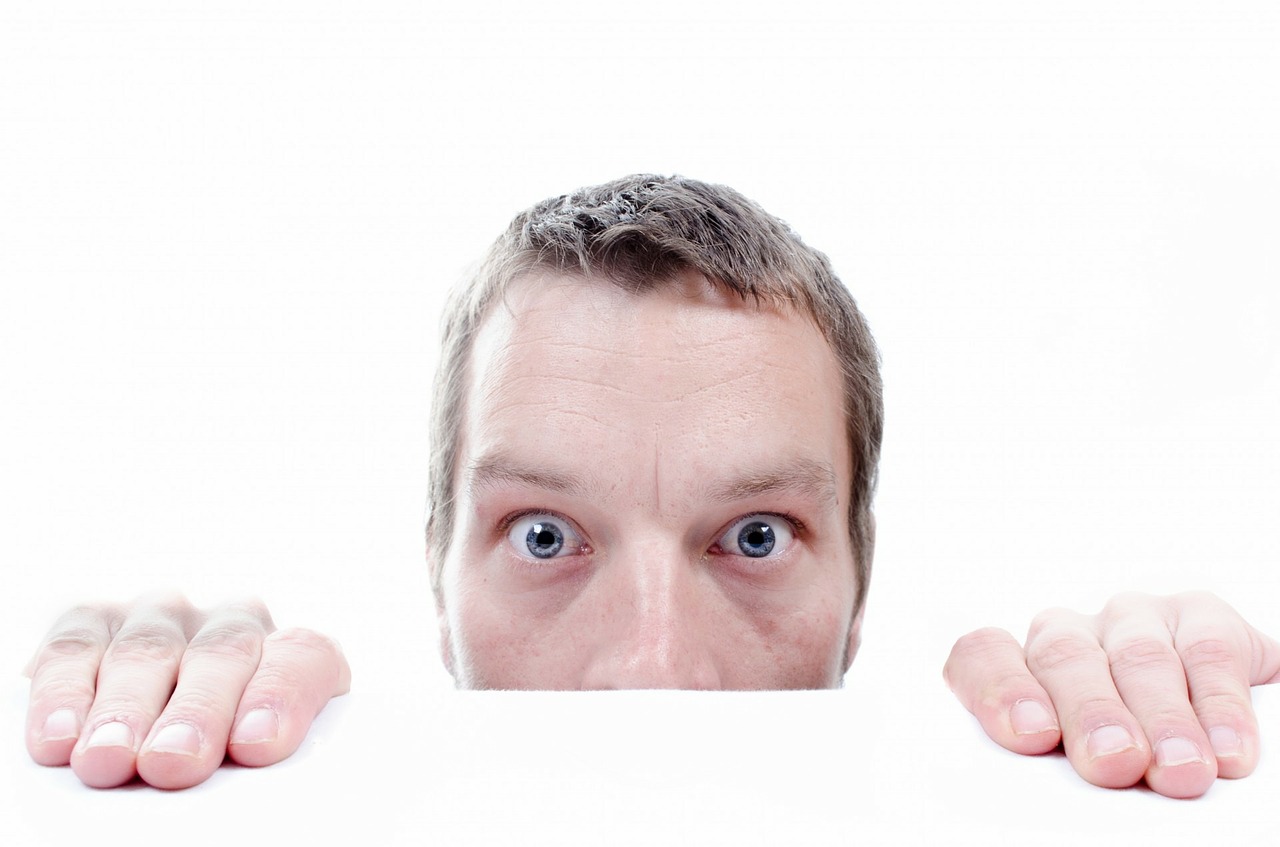Spinal stenosis is caused when the spaces in the spinal column begin to narrow, or there is some kind of intrusion into them. Spinal stenosis can be very painful and it’s important to work closely with your doctor to find out what treatment options will work for you.
The cervical and lumbar regions are the two most common areas of the back that are affected by spinal stenosis. When spinal stenosis occurs one or more of the foranema, or openings, are narrowed. Nerves then become compressed and can cause problems with the functioning of the nerves. Pain in the spine or other areas can then develop.
Often spinal stenosis is due to bone overgrowth around the nerves. That overgrowth can be due to osteoarthritis, fracture or dislocation of the bone, or bulging of the soft nucleus into the disc. Sometimes herniated discs, tumors or thickened ligaments can also press against those nerves.
What are the symptoms of spinal stenosis?
Symptoms of spinal stenosis can include numbness, tingling and pain in the arms an legs. Sciatica can develop, which is the burning pain down the legs and buttocks. Bladder and bowel control can also be a symptom.
How is spinal stenosis treated?
Treatment options for spinal stenosis include pain medications, anti-inflammatory medications, muscle relaxants, steroid injections, physical therapy and in some cases even surgery.
If you think you may be suffering from spinal stenosis, give our board certified physicians a call at (770) 421-1420.

